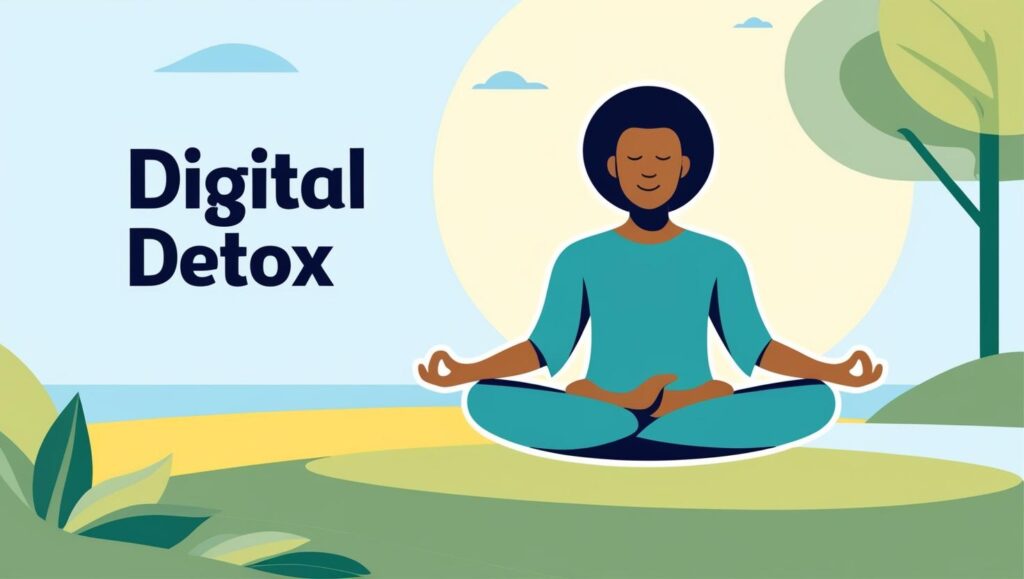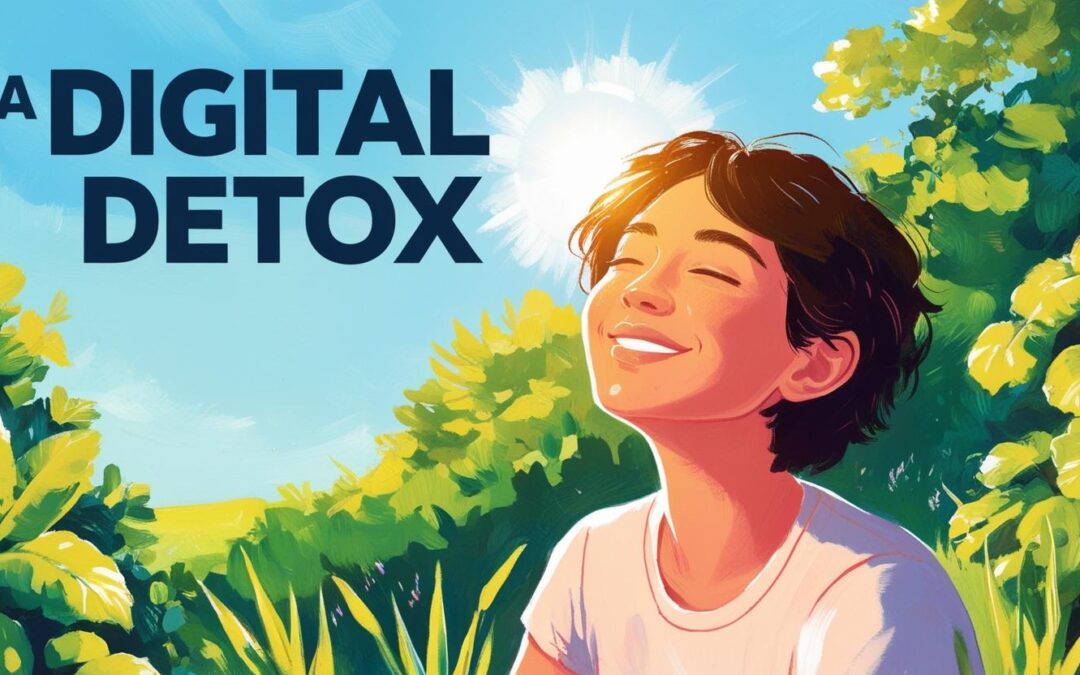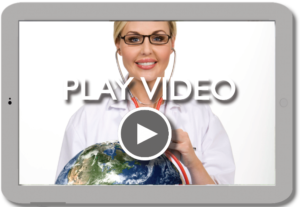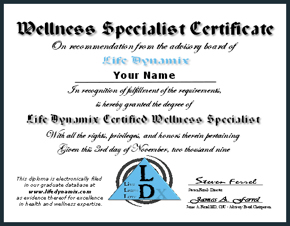Ready to unplug from your digital devices and enjoy the sweet serenity of living in the moment? Well, welcome aboard! This article will guide you on a fulfilling journey of ‘Digital Detox‘. Yes, we urge you to take a break from those high-tech screens and dive deeper into the ocean of life’s simple pleasures. 😊 Not only can digital detox act as a stress reliever, but it also opens doors for improved focus and deeper connections. Embrace this opportunity to experience a profound shift in your day-to-day routine and mindset. So, let’s jumpstart this journey to peace and connection, leaving behind the digital hustle and noise of our tech-saturated world. Get set to unplug, unwind, and unearth the joys of a well-needed digital detox!
Benefits of a Digital Detox
Reduced Stress Levels
In this modern age, the lure of constant connectivity comes with various stressors.
The Impact of Constant Connectivity
In our pursuit to stay connected, we often unknowingly invite a plethora of stress factors. The incessant barrage of news, constant notifications, and pressure to respond instantly can elevate our anxiety levels. This continuous interaction with technology often results in mental fatigue and can disrupt our emotional wellness. Numerous studies have outlined the correlation between high screen time and increased stress levels. By embracing digital detox, we can alleviate this tech-induced stress, promoting mental tranquility and boosting overall well-being.
Finding Peace in Silence
Embarking on a digital detox helps foster a sense of inner peace. Disrupting from the digital chatter allows us to relax, reflect, and engage with our thoughts without distraction. The experience of quiet and solitude is therapeutic and encourages mindfulness – a state of active, open attention to the present. This tranquility obtained through a digital detox aids in reducing stress and anxiety levels significantly.
Improved Focus and Productivity
Digital screens are notorious for being the ultimate distraction, but freeing ourselves from them can tremendously enhance our cognitive skills and productivity.
Eliminating Digital Distractions
The constant bombardment of emails, texts, and social media updates continually challenges our attention span. Each notification pulls our attention from the task at hand, decreasing work efficiency and mental focus. By embracing a digital detox, you can create a distraction-free environment that fosters deep work, enhances focus, and promotes high-quality output.
Boosting Cognitive Abilities
Cutting down on screen time paves the way for improved cognitive function. Without digital interruptions, your brain will have the opportunity to relax, rejuvenate, and restore itself. This process aids memory retention, boosts creativity, and supports critical thinking, thereby enhancing overall cognitive performance.
Fostering Deeper Connections
Disconnecting from technology also opens avenues for building stronger, deeper relationships with those around you.
Enhancing Interpersonal Relationships
With the rise of digital communication, one might argue that we are more connected than ever. However, this hyper-connectivity often sacrifices the depth of our connections for their breadth. By unplugging from our devices, we can redirect our attention to the people around us, engage in meaningful conversations, and strengthen our bonds with loved ones.
Being Present in the Moment
A digital detox allows you to engage with the world around you fully. Without a screen to distract us, we can be more present and aware, whether we are enjoying a beautiful sunset, savoring a delicious meal, or simply appreciating the company of our loved ones. This mindfulness enriches our experiences and paves the way for happier and more fulfilled lives.

Practical Tips for a Successful Digital Detox
As we dive into a digital detox, we’ll need some practical strategies to make it successful. Let’s take a look at how setting clear boundaries with technology and picking alternative activities can help.
Setting Boundaries with Technology
Creating a healthy relationship with technology doesn’t mean shunning it altogether but learning how to manage its use.
Establishing No-Tech Zones
One of the effective ways to start your digital detox is by establishing certain no-tech zones in your living space. Thiscould be the dinner table, where conversations and meals should be enjoyed without the incessant pings and pops of notifications. Or perhaps your bedroom, to promote a healthier sleep cycle free from screens’ blue light. This simple step of segregation can help train your brain to switch off from digital distractions.
Creating Tech-Free Times of Day
Equally important is establishing tech-free times of day. Consider creating a nightly ritual of turning off your devices an hour before bed or using the first hour of your morning to focus on your day, your goals, and your self-care, all without the constant noise of the online world. These dedicated no-tech times can reduce stress levels and boost your overall well-being.
Alternative Activities During a Detox
A digital detox doesn’t leave a vacuum but opens the door to engaging activities that can profoundly enrich your life.
Engaging in Physical Exercise
Exercise serves as a fantastic distraction during a digital detox. Regular physical activity, be it a walk in the park, a short run, yoga, or hitting the gym, can significantly improve your mood and keep your mind off your devices. Plus, it’s a healthy habit with long-lasting effects on body and mind.
Exploring Hobbies and Interests
Finally, use a digital detox as an opportunity to revisit old hobbies or explore new interests. Whether it’s cooking, painting, gardening, or reading physical books, immersing yourself in non-digital activities can enhance your knowledge, revitalize your spirits, and strengthen your connection with the real world.
By incorporating these practical steps, you’ll discover that disconnecting from technology regularly isn’t a daunting task but a path to a more balanced and fulfilling life.

Overcoming Challenges in Digital Detoxing
Deciding to disconnect can be difficult, and the process will come with unique challenges. Two primary obstacles people often encounter when undergoing a digital detox are managing FOMO and handling work and communication needs.
Managing FOMO (Fear Of Missing Out)
FOMO, or Fear of Missing Out, is the apprehension that others are having exciting, interesting experiences without you. It’s a phenomenon that often transpires due to our constant online life, making it a formidable hurdle to return to offline living.
Understanding the Roots of FOMO
FOMO is deeply ingrained in human nature. We crave social interaction and fear ostracism, a holdover from when our survival relied heavily on being part of a group. The advent of social media platforms has amplified this need to unprecedented levels, where we are given a constant stream of other people’s life highlights, leading to comparisons and a perpetual sense of missing out.
Building Confidence Offline
Building offline confidence is a crucial step to manage FOMO in your digital detox journey. Take small steps by allocating specific offline periods initially and gradually lengthening them. Reconnect with the joy of solitary activities, like reading or painting, which don’t require digital devices. Reassure yourself that true connection isn’t measured by likes, shares, and comments, but by the quality of your interactions and the value they add to your life.
Handling Work and Communication Needs
While disconnection can be an appealing concept, for many, the nature of their work or personal life may require frequent online communication. However, that doesn’t mean a digital detox is unattainable.
Defining Work-Life Balance
One solution involves clearly defining the boundaries between your work life and personal life. Delineate specific times for checking emails and engaging in other work-related digital activities, and strictly avoid deviating from these designated hours. If your work involves extended exposure to digital devices, take regular short breaks to minimize screen time and refresh your mind.
Using Technology Mindfully
The goal of a digital detox isn’t to eliminate technology entirely, but rather to encourage mindful and intentional usage. Discourage mindless scrolling or unnecessary notification-checking. Instead, use technology to your advantage by creating digital wellness habits, like using the ‘do not disturb’ mode during personal time, turning off non-essential push notifications, and setting time limits on your most used apps.
Remember, a digital detox is not a punishment but a path to a healthier and more balanced life in a digital world. It’s about being able to control the digital aspect of our lives, rather than letting it control us. The reward? Reduced stress, improved focus, deeper connections with others, and most importantly—a brighter and more present you.






In a world where our thumbs have developed their own form of cardio from scrolling, the idea of a digital detox offers a delightful challenge: unplugging to reconnect. Imagine this: you shuffle into your living room, not encumbered by screens but instead armed with an old-school deck of cards or that dusty board game lurking in the closet. Suddenly, laughter fills the space as friends reminisce about simpler times when ‘social networking’ meant physically gathering around someone’s kitchen table and sharing stories over snacks—the ultimate throwback!
Now, don’t get me wrong; the allure of online cat videos and TikTok dances can be hard to resist. But during a digital detox, consider replacing those pixelated delights with real-life adventures—like getting lost in nature or re-exploring your city on foot without Google Maps holding your hand. Nature has its own Wi-Fi for those who know how to listen—a symphony of birds chirping rather than notifications pinging constantly. So slip off the digital shackles for just 24 hours and dive into moments you can physically touch and feel. After all, it’s only for a brief moment—your phone will still be there when you return (possibly feeling betrayed).